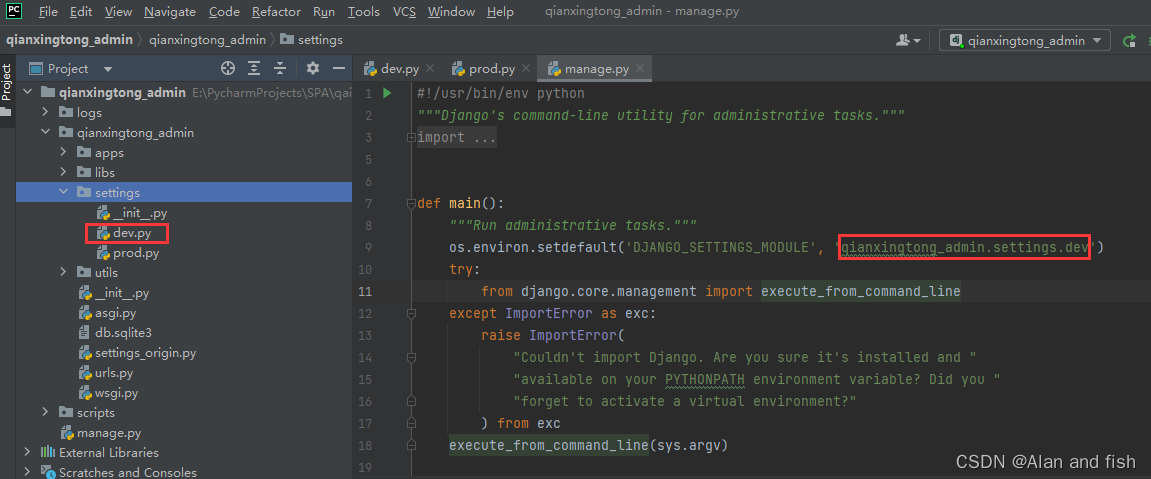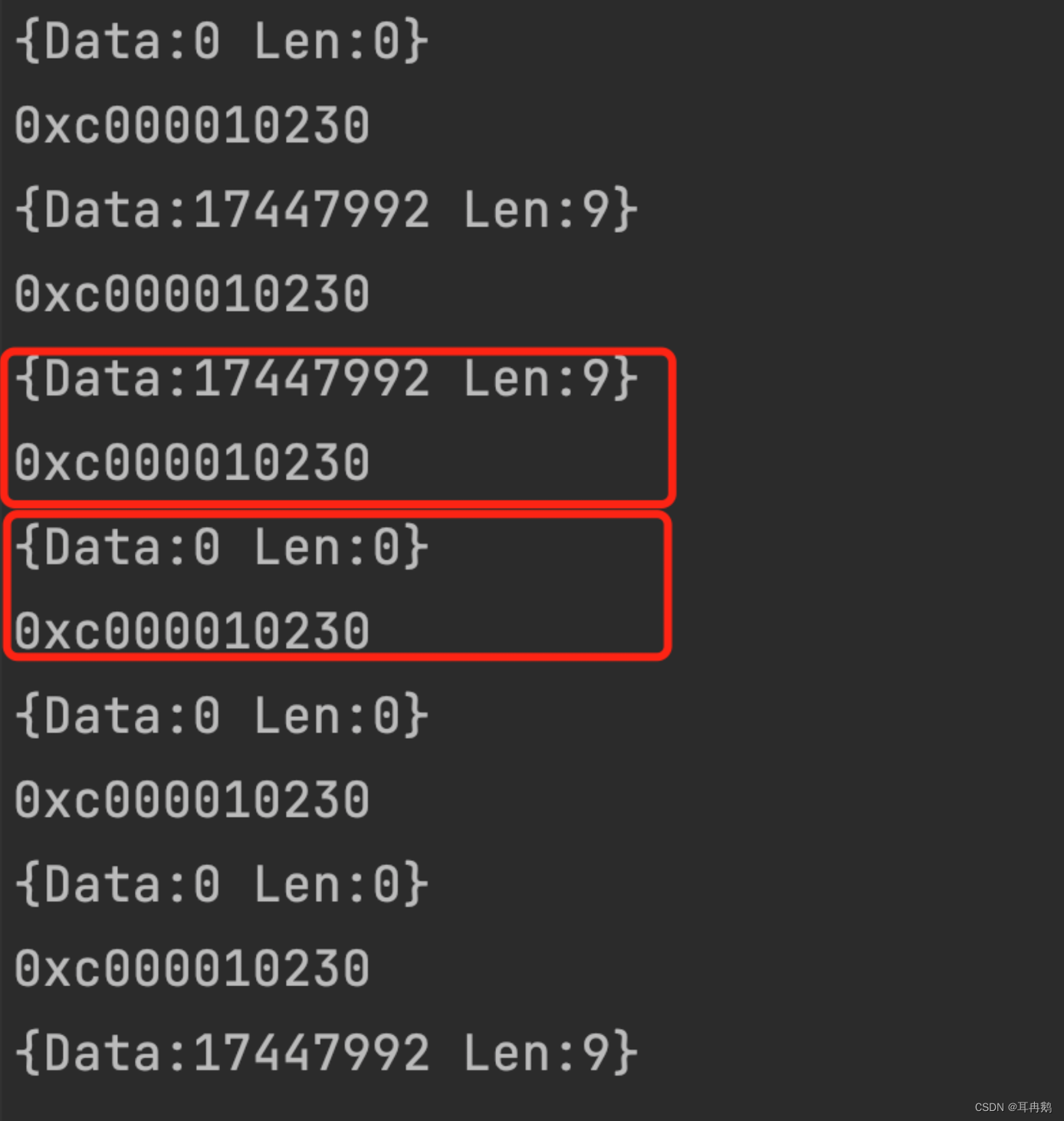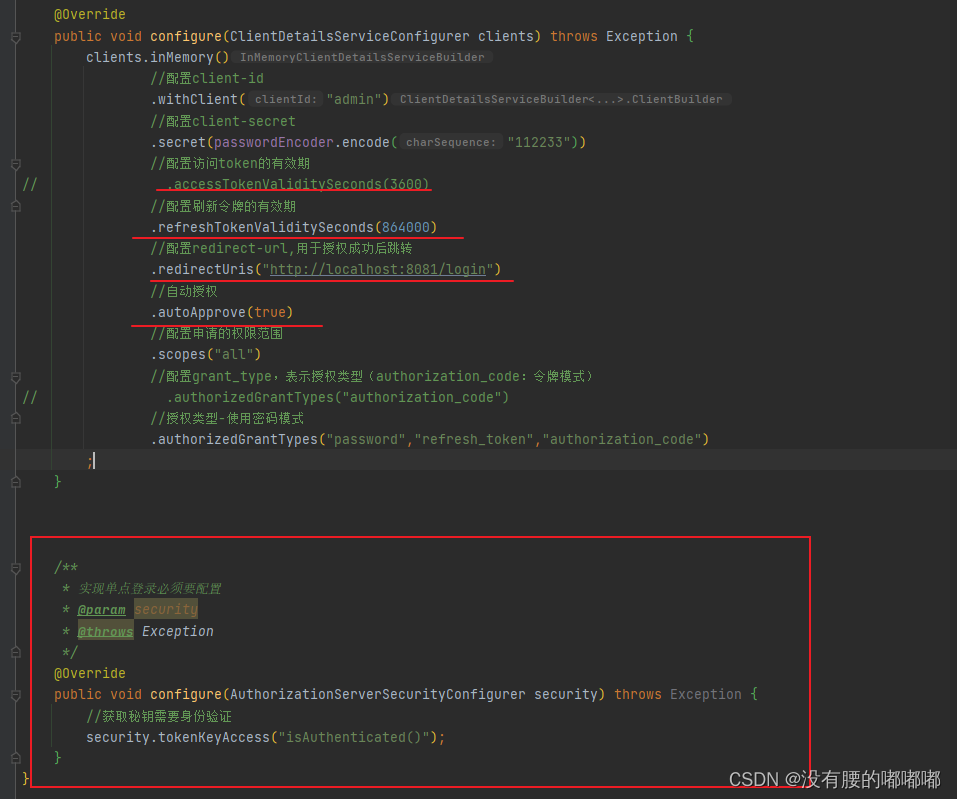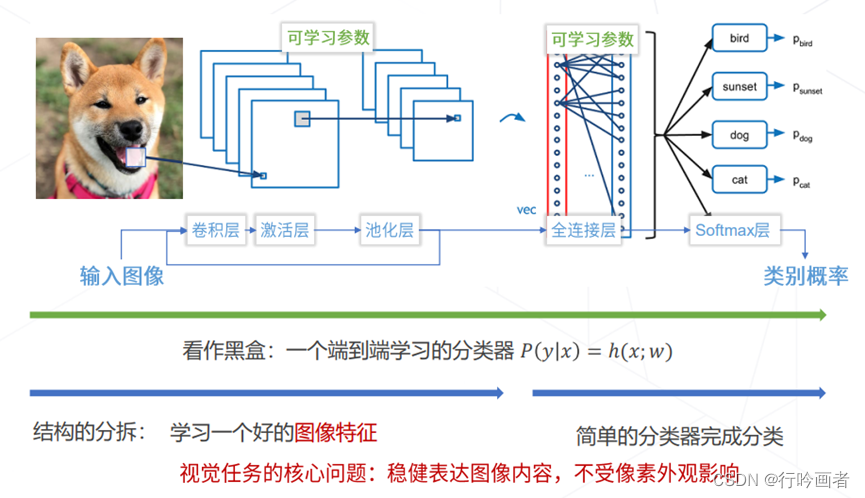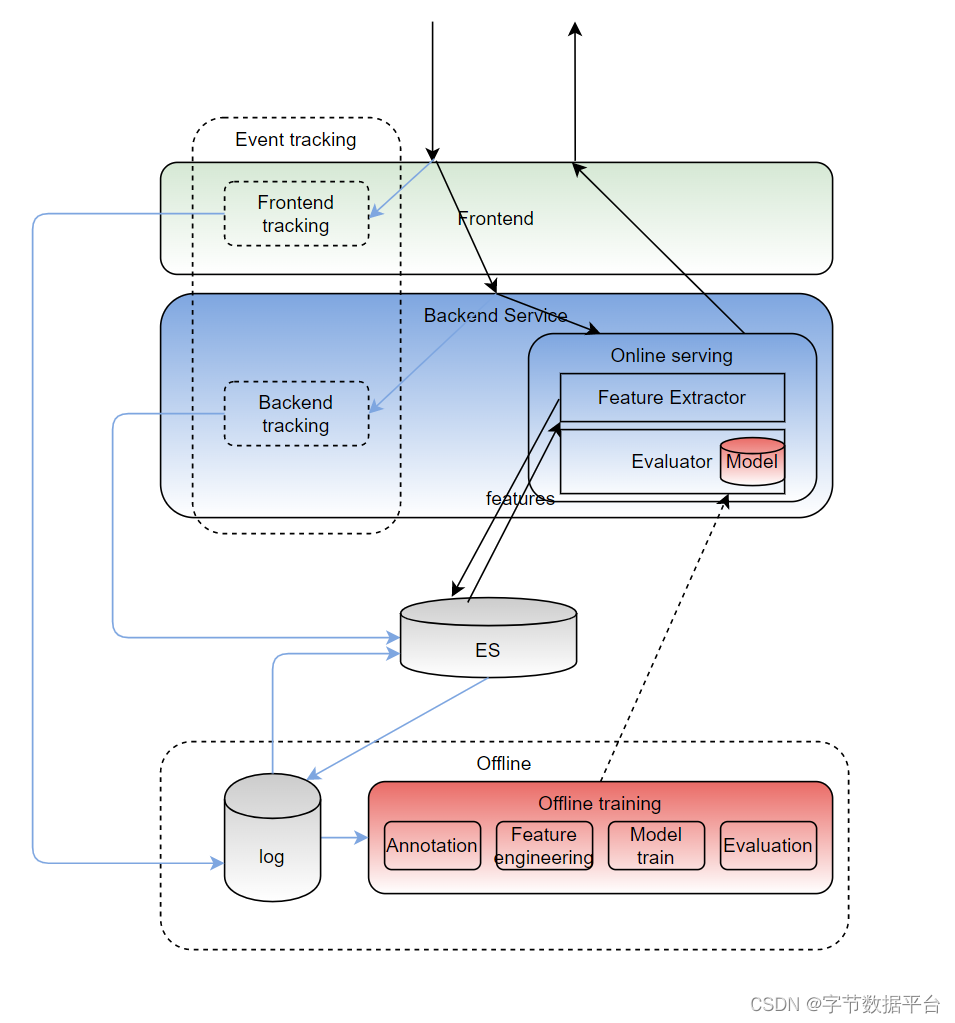题目描述:
给定一个链表的头节点 head ,返回链表开始入环的第一个节点。 如果链表无环,则返回 null。
如果链表中有某个节点,可以通过连续跟踪 next 指针再次到达,则链表中存在环。 为了表示给定链表中的环,评测系统内部使用整数 pos 来表示链表尾连接到链表中的位置(索引从 0 开始)。如果 pos 是 -1,则在该链表中没有环。注意:pos 不作为参数进行传递,仅仅是为了标识链表的实际情况。
不允许修改 链表。
初始代码:
/**
* Definition for singly-linked list.
* class ListNode {
* int val;
* ListNode next;
* ListNode(int x) {
* val = x;
* next = null;
* }
* }
*/
public class Solution {
public ListNode detectCycle(ListNode head) {
}
}示例1:
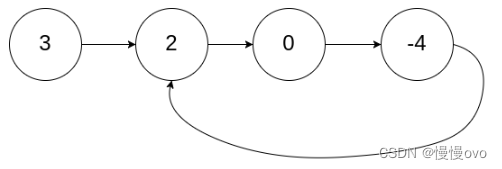
输入:head = [3,2,0,-4], pos = 1 输出:返回索引为 1 的链表节点 解释:链表中有一个环,其尾部连接到第二个节点。
示例2:

输入:head = [1,2], pos = 0 输出:返回索引为 0 的链表节点 解释:链表中有一个环,其尾部连接到第一个节点。
示例3:

输入:head = [1], pos = -1 输出:返回 null 解释:链表中没有环。
参考答案:
/**
* Definition for singly-linked list.
* class ListNode {
* int val;
* ListNode next;
* ListNode(int x) {
* val = x;
* next = null;
* }
* }
*/
//解法一:使用Java 集合Api
public class Solution {
public ListNode detectCycle(ListNode head) {
Set<ListNode> set = new HashSet<>();
while(head != null){
//当set集合无法添加当前节点那么证明之前已经被添加过了 直接返回即可
if(!set.add(head)){
return head;
}else{
set.add(head);
}
head = head.next;
}
return null;
}
}
//时间复杂度:O(N) N为链表节点个数 此刻为最坏情况即遍历了链表所有节点
//空间复杂度:O(N) N为链表节点个数 此刻为最坏情况即添加了链表所有节点/**
* Definition for singly-linked list.
* class ListNode {
* int val;
* ListNode next;
* ListNode(int x) {
* val = x;
* next = null;
* }
* }
*/
//官方解法:快慢指针思路
public class Solution {
public ListNode detectCycle(ListNode head) {
if (head == null) return null;
//定义快慢指针
ListNode slow = head, fast = head;
//当快指针不为空时慢指针一定不为空
while (fast != null) {
slow = slow.next;//慢指针每次位移 + 1
if (fast.next != null) {
fast = fast.next.next;//快指针每次位移 + 2
} else {
return null;
}
//当快慢指针相遇时即证明链表有环
//此时重新定义一个指针与慢指针一同前进(其实就是环口)
//下一次两个指针相遇之时即环中所有节点都遍历完了 返回的就是环口元素
if (fast == slow) {
ListNode ptr = head;
while (ptr != slow) {
ptr = ptr.next;
slow = slow.next;
}
return ptr;
}
}
return null;
}
}
//时间复杂度:O(N) N为链表节点个数。在最初判断快慢指针是否相遇时,slow 指针走过的距离不会超过链表的总长度;随后寻找入环点时,走过的距离也不会超过链表的总长度。因此,总的执行时间为O(N)+O(N)=O(N)。
//空间复杂度:O(1) 定义的三个指针![06_PyTorch 模型训练[学习率与优化器基类]](https://img-blog.csdnimg.cn/fb3085aab212494e95da7db6743159ce.png)

